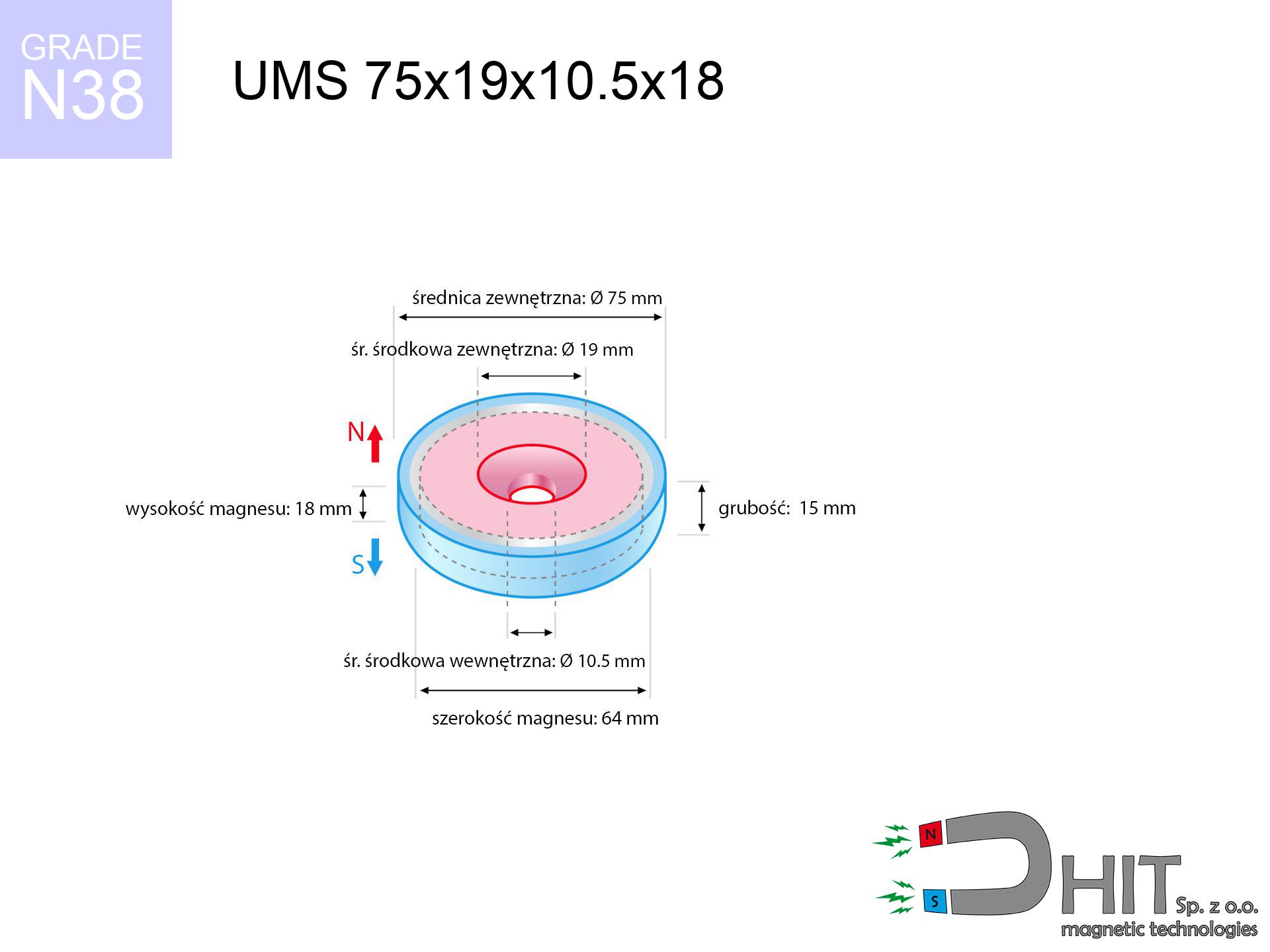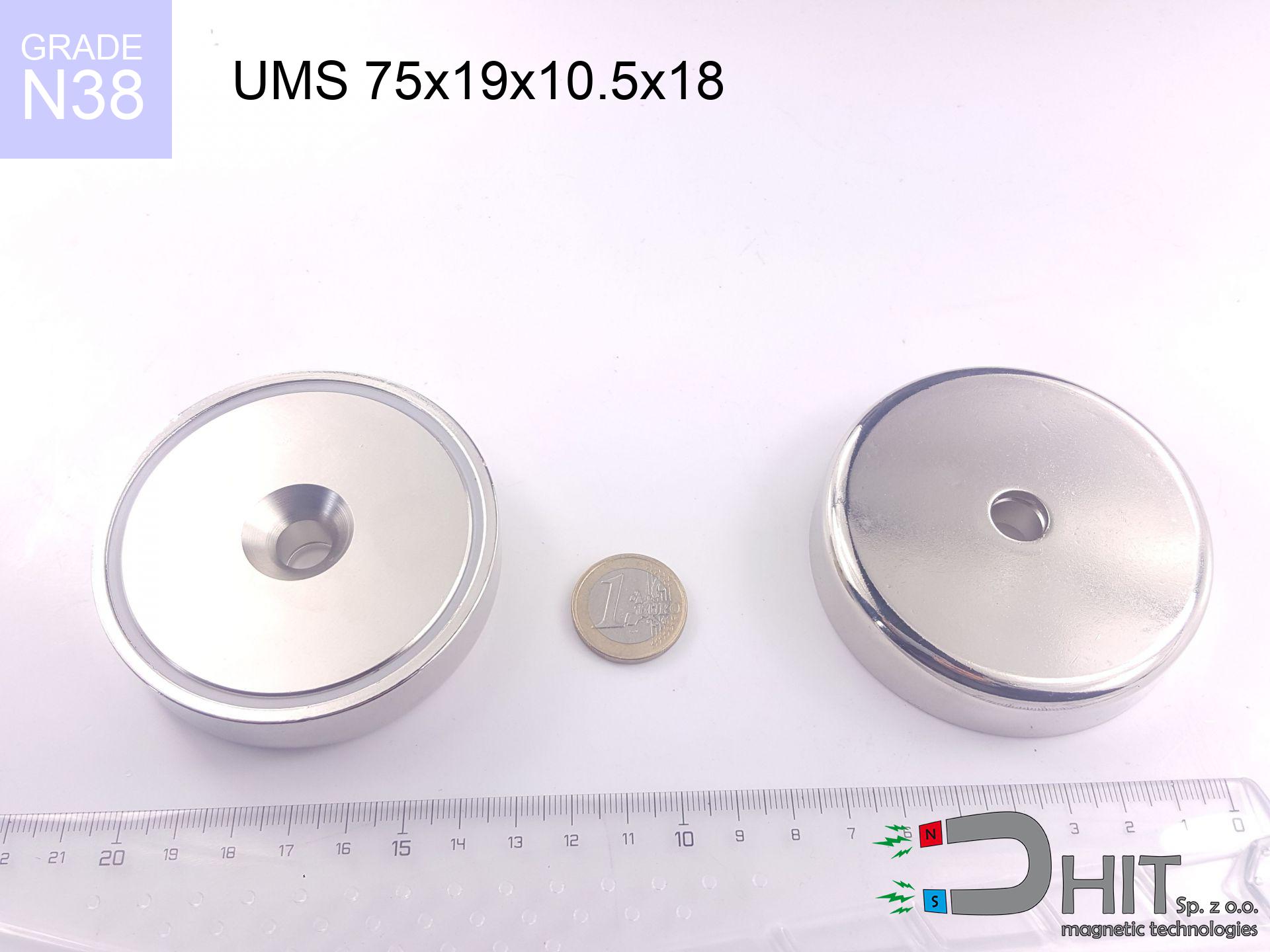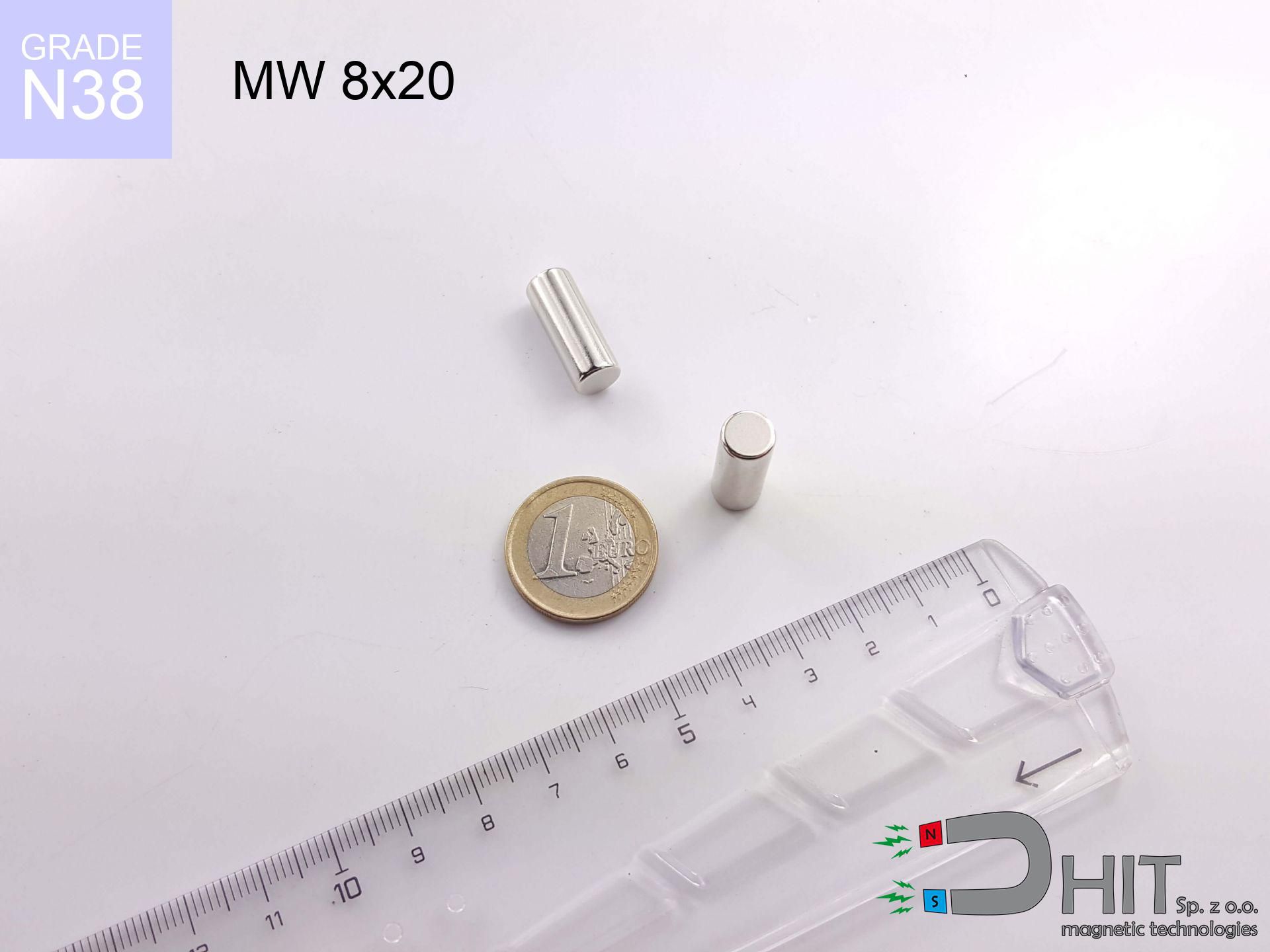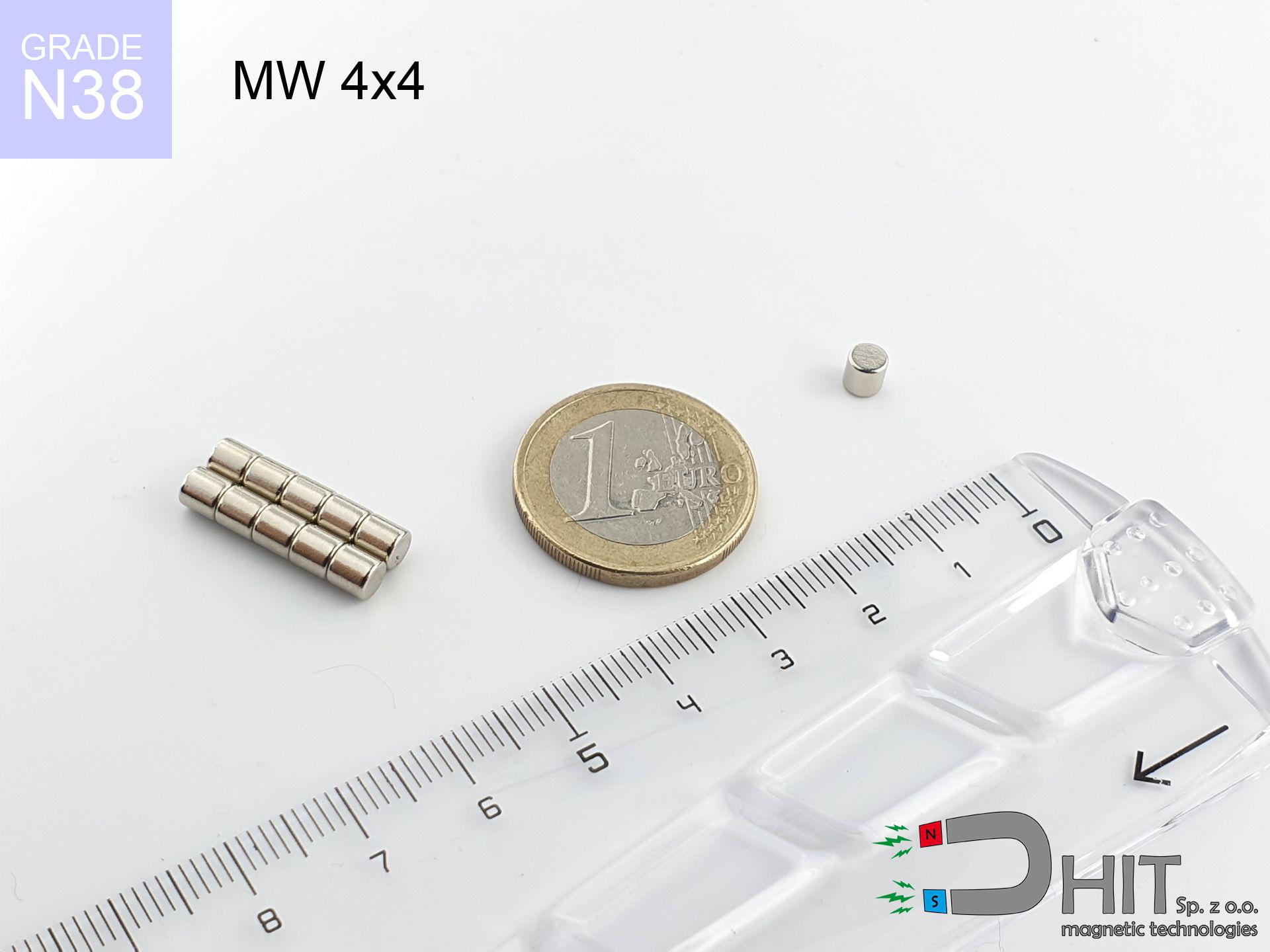UMS 75x19x10.5x18 / N38
conical magnetic holder
catalog number 220405
GTIN: 5906301814245
diameter Ø
75
mm [±0,1 mm]
cone dimension Ø
19x10.5
mm [±0,1 mm]
height
18
mm [±0,1 mm]
magnetizing direction
↑ axial
capacity ~
162.00 kg / 1588.68 N
max. temperature
≤ 80
°C
catalog number 220405
GTIN: 5906301814245
diameter Ø
75 mm [±0,1 mm]
cone dimension Ø
19x10.5 mm [±0,1 mm]
height
18 mm [±0,1 mm]
magnetizing direction
↑ axial
capacity ~
162.00 kg / 1588.68 N
max. temperature
≤ 80 °C
125.56 ZŁ gross price (including VAT) / pcs +
102.08 ZŁ net price + 23% VAT / pcs
bulk discounts:
need more quantity?Want to talk about magnets?
Give us a call tel: +48 22 499 98 98 or contact us via contact form on our website. You can check the strength as well as the appearance of neodymium magnets in our magnetic mass calculator power calculator
Orders placed by 2:00 PM will be shipped on the same business day.
Specification: conical magnetic holder 75x19x10.5x18 / N38 ↑ axial
Magnetic properties of the material N38
Physical properties of sintered neodymium magnets Nd2Fe14B
List recommended items
Advantages and disadvantages of neodymium magnets NdFeB.
Apart from immense strength, neodymium magnets have the following advantages:
- They do not lose strength over time. After approximately 10 years, their power decreases by only ~1% (theoretically),
- They protect against demagnetization caused by external magnetic field extremely well,
- Thanks to the shiny finish and nickel, gold, or silver coating, they have an aesthetic appearance,
- They have very high magnetic induction on the surface of the magnet,
- Thanks to their high temperature resistance, they can operate (depending on the shape) even at temperatures up to 230°C and above...
- Thanks to the flexibility in shaping or the ability to adapt to specific requirements – neodymium magnets can be produced in a wide range of shapes and sizes, which expands the range of their possible uses.
- Key role in the industry of new technologies – are used in computer drives, electric drive mechanisms, medical devices or other advanced devices.
Disadvantages of neodymium magnets:
- They can break as they are fragile when subjected to a strong impact. If the magnets are exposed to impacts, we recommend using magnets in a steel housing. The steel housing in the form of a holder protects the magnet from impacts and simultaneously increases its overall strength,
- High temperatures can reduce the strength of neodymium magnets. Typically, after heating above 80°C, most of them experience a permanent reduction in strength (although it is dependent on the shape and size). To prevent this, we offer special magnets marked with the symbol [AH], which are highly resistant to high temperatures. They can operate even at temperatures up to 230°C, making them an ideal solution for applications requiring high-temperature operation,
- They rust in a humid environment - during outdoor use, we recommend using waterproof magnets, such as those made of rubber or plastic,
- The use of a cover - a magnetic holder is recommended due to the limited production capabilities of creating threads or complex shapes in the magnet
- Potential hazard associated with microscopic parts of magnets pose a threat, when accidentally ingested, which becomes significant in the aspect of protecting young children. Furthermore, miniscule components of these devices have the potential to hinder the diagnostic process when they are in the body.
Precautions
Neodymium magnets should not be near people with pacemakers.
Neodymium magnets generate strong magnetic fields. As a result, they interfere with the operation of a pacemaker. This happens because such devices have a function to deactivate them in a magnetic field.
Dust and powder from neodymium magnets are highly flammable.
Avoid drilling or mechanical processing of neodymium magnets. If the magnet is crushed into fine powder or dust, it becomes highly flammable.
Keep neodymium magnets away from TV, wallet, and computer HDD.
Strong fields generated by neodymium magnets can damage magnetic storage media such as floppy disks, credit cards, magnetic ID cards, cassette tapes, video tapes, or other similar devices. In addition, they can damage televisions, VCRs, computer monitors, and CRT displays. You should especially avoid placing neodymium magnets near electronic devices.
Neodymium magnets can become demagnetized at high temperatures.
While Neodymium magnets can demagnetize at high temperatures, it's important to note that the extent of this effect can vary based on factors such as the magnet's material, shape, and intended application.
The magnet coating is made of nickel, so be cautious if you have an allergy.
Studies show a small percentage of people have allergies to certain metals, including nickel. An allergic reaction often manifests as skin redness and rash. If you have a nickel allergy, you can try wearing gloves or simply avoid direct contact with nickel-plated neodymium magnets.
It is crucial not to allow the magnets to pinch together uncontrollably or place your fingers in their path as they attract to each other.
Magnets attract each other within a distance of several to around 10 cm from each other. Remember not to put fingers between magnets or in their path when attract. Magnets, depending on their size, can even cut off a finger or there can be a serious pressure or even a fracture.
Never bring neodymium magnets close to a phone and GPS.
Neodymium magnets are a source of strong magnetic fields that cause interference with magnetometers and compasses used in navigation, as well as internal compasses of smartphones and GPS devices.
Magnets made of neodymium are especially fragile, which leads to shattering.
In the event of a collision between two neodymium magnets, it can result in them getting chipped. Despite being made of metal as well as coated with a shiny nickel plating, they are not as hard as steel. In the case of a collision between two magnets, there can be a scattering of small sharp metal fragments in different directions. Protecting your eyes is essential.
Neodymium magnets are among the strongest magnets on Earth. The astonishing force they generate between each other can shock you.
Make sure to review all the information we have provided. This will help you avoid harm to your body and damage to the magnets.
Magnets are not toys, youngest should not play with them.
Neodymium magnets are not toys. You cannot allow them to become toys for children. In such a situation, surgery is necessary to remove them. In the worst case scenario, it can result in death.
Please see the article - What danger lies in neodymium magnets? You will learn how to handle them properly.








